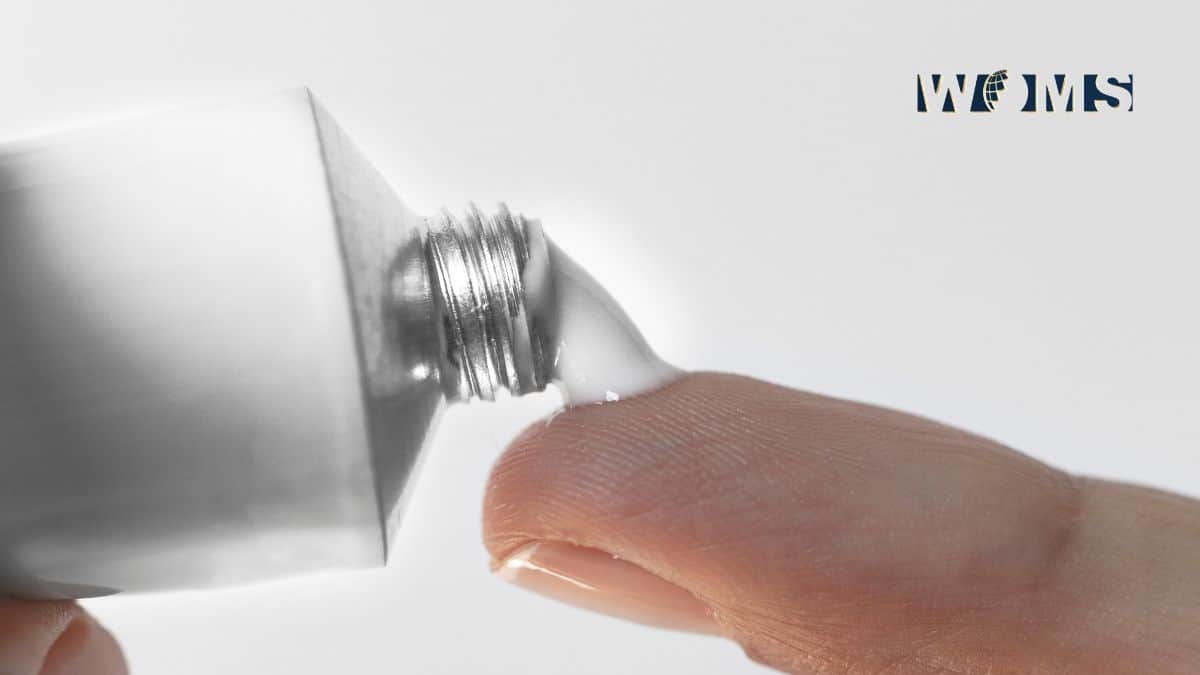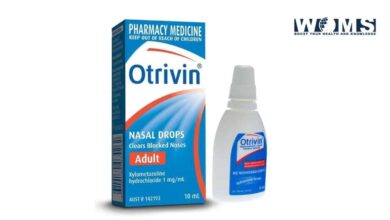Betamethasone Ointment: Uses, Side effects, Dosage and More

Betamethasone is a corticosteroid medication that is available in different formulations, including ointment, cream, lotion, and foam. It is commonly used topically to help reduce inflammation, itching, redness, and swelling associated with various skin conditions.
Betamethasone ointment is available in various brand names like Betaleb, Betguard, Betnesol etc. Betamethasone ointment is often prescribed for the treatment of inflammatory skin conditions such as eczema, psoriasis, dermatitis, and allergic reactions. It works by suppressing the immune response and reducing inflammation in the affected area.
Why is Betamethasone ointment prescribed?
Betamethasone ointment is prescribed for a variety of inflammatory skin conditions. It is used to alleviate symptoms such as itching, redness, swelling, and irritation. Here are some common reasons why this medication may be prescribed:
Eczema: Betamethasone ointment is often prescribed to treat eczema, a chronic condition characterized by itchy and inflamed skin. It helps reduce the itching and inflammation associated with eczema flare-ups.
Psoriasis: Psoriasis is a chronic autoimmune skin disorder that causes red, scaly patches on the skin. Betamethasone ointment can be used to manage psoriasis by reducing inflammation and helping to relieve symptoms.
Dermatitis: Betamethasone ointment is effective in treating various forms of dermatitis, including contact dermatitis (caused by skin contact with allergens or irritants) and atopic dermatitis (a chronic form of eczema).
Allergic Reactions: It can be prescribed to treat allergic reactions that cause itching, redness, and swelling of the skin.
Other Skin Conditions: Betamethasone ointment may also be used to manage other inflammatory skin conditions, such as lichen planus, discoid lupus erythematosus, and seborrheic dermatitis.
How does Betamethasone work?
Betamethasone ointment works by exerting its anti-inflammatory and immunosuppressive effects on the skin. It belongs to the class of medications called corticosteroids, which mimic the natural hormones produced by the adrenal glands.
When applied topically as an ointment, betamethasone is absorbed into the skin. Once absorbed, it binds to specific receptors within the skin cells. These receptors are present in many types of cells, including immune cells.
Betamethasone inhibits the production and release of various substances in the body that are involved in the inflammatory response, such as prostaglandins, leukotrienes, and histamines. By doing so, it helps to reduce inflammation, redness, itching, and swelling associated with various skin conditions.
Additionally, betamethasone suppresses the immune system locally in the skin. This effect can be beneficial for conditions like psoriasis or dermatitis, where the immune system is overly active and causing inflammation.
It’s important to note that betamethasone ointment is primarily intended for short-term use to manage flare-ups of inflammatory skin conditions. Prolonged or excessive use of corticosteroids can lead to potential side effects.
How should this medicine be used?
The usage instructions for betamethasone ointment may vary depending on the specific condition being treated and the instructions provided by your healthcare provider. It’s essential to follow the instructions provided by your doctor or the directions on the prescription label. Here are some general guidelines for using betamethasone ointment:
Clean and dry the affected area: Before applying the ointment, make sure the affected area is clean and dry. Gently wash the area with mild soap and water and pat it dry.
Apply a thin layer: Use a small amount of betamethasone ointment and apply it to the affected area. Spread it evenly in a thin layer and gently rub it into the skin. Avoid applying excessive amounts of the ointment.
Wash your hands: After applying the ointment, wash your hands thoroughly, unless the treated area is on your hands.
Frequency of application: The frequency of application will depend on the specific instructions from your doctor. In most cases, betamethasone ointment is applied once or twice daily. Follow the prescribed schedule strictly.
Duration of use: Betamethasone ointment is typically prescribed for short-term use. It’s important to use it for the duration specified by your doctor and not exceed the recommended duration.
Avoid contact with eyes, nose, and mouth: Take care to avoid getting the ointment into your eyes, nose, or mouth. If accidental contact occurs, rinse the affected area with water.
Remember, betamethasone ointment is for external use only and should not be ingested. If you have any questions or concerns about the usage of betamethasone ointment, it’s best to consult your doctor for personalized advice and guidance.
Betamethasone cream vs Betamethasone ointment
Betamethasone cream and betamethasone ointment are both topical formulations of the medication betamethasone. While they contain the same active ingredient, there are some differences between the two:
- Consistency: The main difference lies in their consistency. Betamethasone cream has a lighter and smoother texture, while betamethasone ointment has a thicker and greasier texture. Creams are generally water-based, while ointments are oil-based.
- Absorption and Penetration: Ointments tend to be more occlusive and have better penetration into the skin compared to creams. This means that ointments may be more effective in delivering the medication to deeper layers of the skin, especially in cases where enhanced penetration is desired.
- Moisturizing Properties: Due to the oil base, ointments have greater moisturizing properties and can help retain moisture in the skin. They are often preferred for dry or thickened skin areas. Creams, on the other hand, may have a more drying effect due to their water content.
- Greasiness: Ointments tend to be greasier and can leave a more noticeable residue on the skin, while creams are usually lighter and absorb more quickly, leaving less residue.
- The choice between betamethasone cream and betamethasone ointment depends on various factors, including the specific skin condition being treated, the area of application, and individual preferences. Your doctor will consider these factors when determining which formulation is most suitable for your needs.
What side effects can this medication cause?
Betamethasone ointment, like other corticosteroid medications, can potentially cause side effects. However, it’s important to note that not everyone will experience these side effects, and the severity and occurrence of side effects can vary from person to person. Common side effects of betamethasone ointment may include:
- Skin reactions: This can include burning, itching, redness, dryness, or irritation at the application site.
- Thinning of the skin: Prolonged or excessive use of betamethasone ointment can lead to thinning of the skin, making it more susceptible to bruising or tearing.
- Changes in skin pigmentation: Some individuals may experience lightening or darkening of the skin at the application site.
- Stretch marks: Long-term use of betamethasone ointment can increase the risk of developing stretch marks, especially in areas with thin skin, such as the groin, armpits, or breasts.
- Acne or worsening of acne: Some individuals may notice the development or worsening of acne-like lesions.
- Folliculitis: Betamethasone ointment can occasionally lead to inflammation or infection of the hair follicles, resulting in folliculitis.
- Allergic reactions: Although rare, some individuals may experience an allergic reaction to betamethasone ointment, characterized by rash, itching, swelling, or difficulty breathing.
- In rare cases, excessive or prolonged use of betamethasone ointment can lead to systemic absorption of the medication, which may cause additional side effects beyond those associated with topical use. However, when used as directed and for the prescribed duration, the risk of systemic side effects is minimal.




